Entry Category: Business and Economics - Starting with L
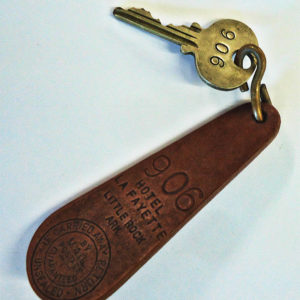 Lafayette Hotel Key
Lafayette Hotel Key
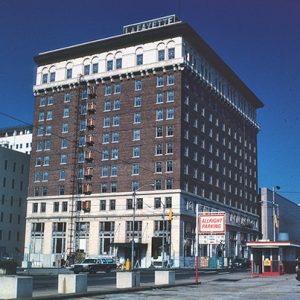 Lafayette Hotel
Lafayette Hotel
Lafayette Hotel
aka: Lafayette Building
 Lake Catherine Power Station
Lake Catherine Power Station
 Lake Catherine Power Station
Lake Catherine Power Station
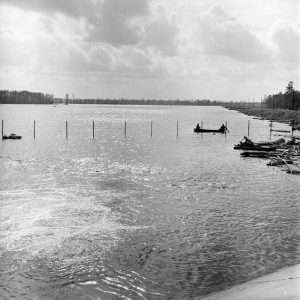 Lake Georgia Pacific
Lake Georgia Pacific
 Lakeside Dining
Lakeside Dining
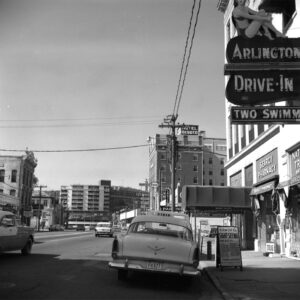 Lanai Towers
Lanai Towers
Landers, Steve
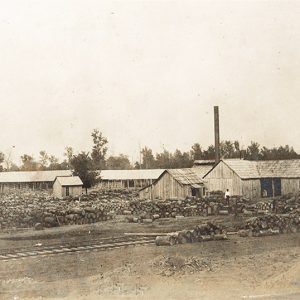 Lasater and Bailor Stave Mill
Lasater and Bailor Stave Mill
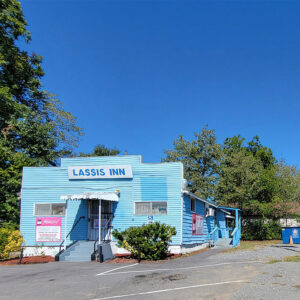 Lassis Inn
Lassis Inn
Lassis Inn
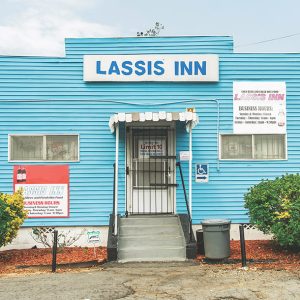 Lassis Inn
Lassis Inn
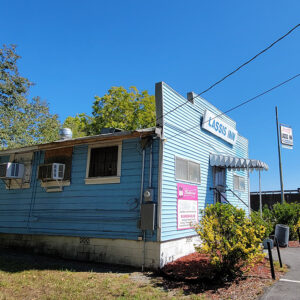 Lassis Inn, Side View
Lassis Inn, Side View
 Lassis Inn, Side View
Lassis Inn, Side View
Lawhon, Jay Noal
Lead and Zinc Mining
Lee Wilson & Company
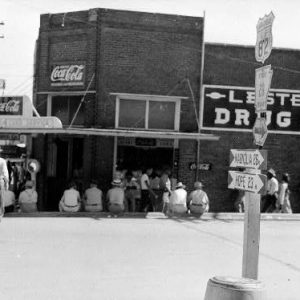 Lester Drug Company
Lester Drug Company
Levi Wilcoxon Demonstration Forest
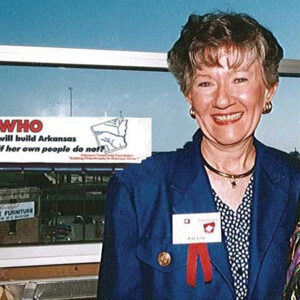 Pat Lile
Pat Lile
 Limedale Plant Strike
Limedale Plant Strike
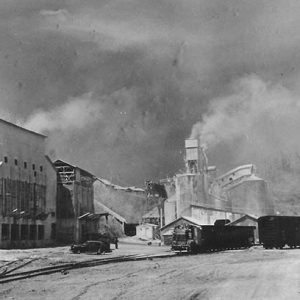 Limedale Lime Plant
Limedale Lime Plant
 Limestone Quarry
Limestone Quarry
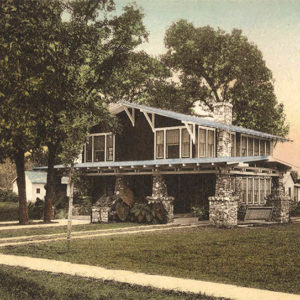 Linebarger House
Linebarger House
Linebarger, Clarence A.
 Lion Oil Building
Lion Oil Building
Lion Oil Company
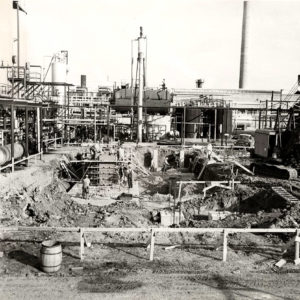 Lion Oil Construction
Lion Oil Construction
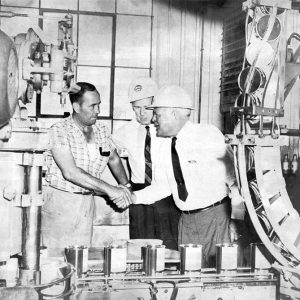 Lion Oil Employees
Lion Oil Employees
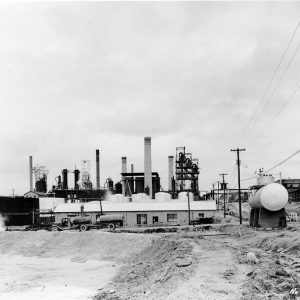 Lion Oil Pump House
Lion Oil Pump House
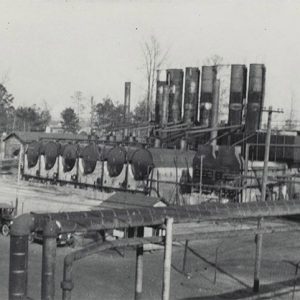 Lion Oil Stills
Lion Oil Stills
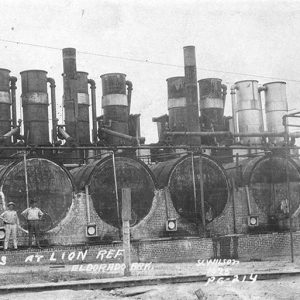 Lion Oil Stills
Lion Oil Stills
 Lion Service Station
Lion Service Station
 Lion Sign
Lion Sign
Little Rock and Fort Smith Railroad
Little Rock Brewing & Ice Company
Little Rock Garden Club
Little Rock Picric Acid Plant
Little Rock Port Authority
aka: Port of Little Rock
 Little Rock Port
Little Rock Port
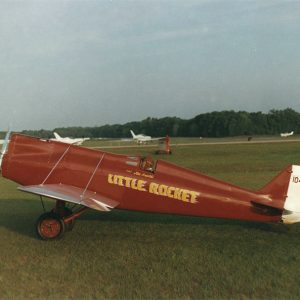 Little Rocket
Little Rocket
Little, John E.
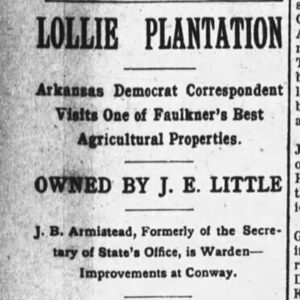 John E. Little Article
John E. Little Article
 Livery Stable
Livery Stable
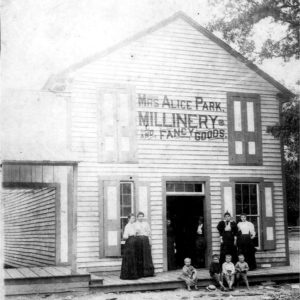 Lockesburg Millinery Store
Lockesburg Millinery Store
Log Cabin Democrat
 Log Yard in Bearden
Log Yard in Bearden
 Grace L. Lorch and Students
Grace L. Lorch and Students




